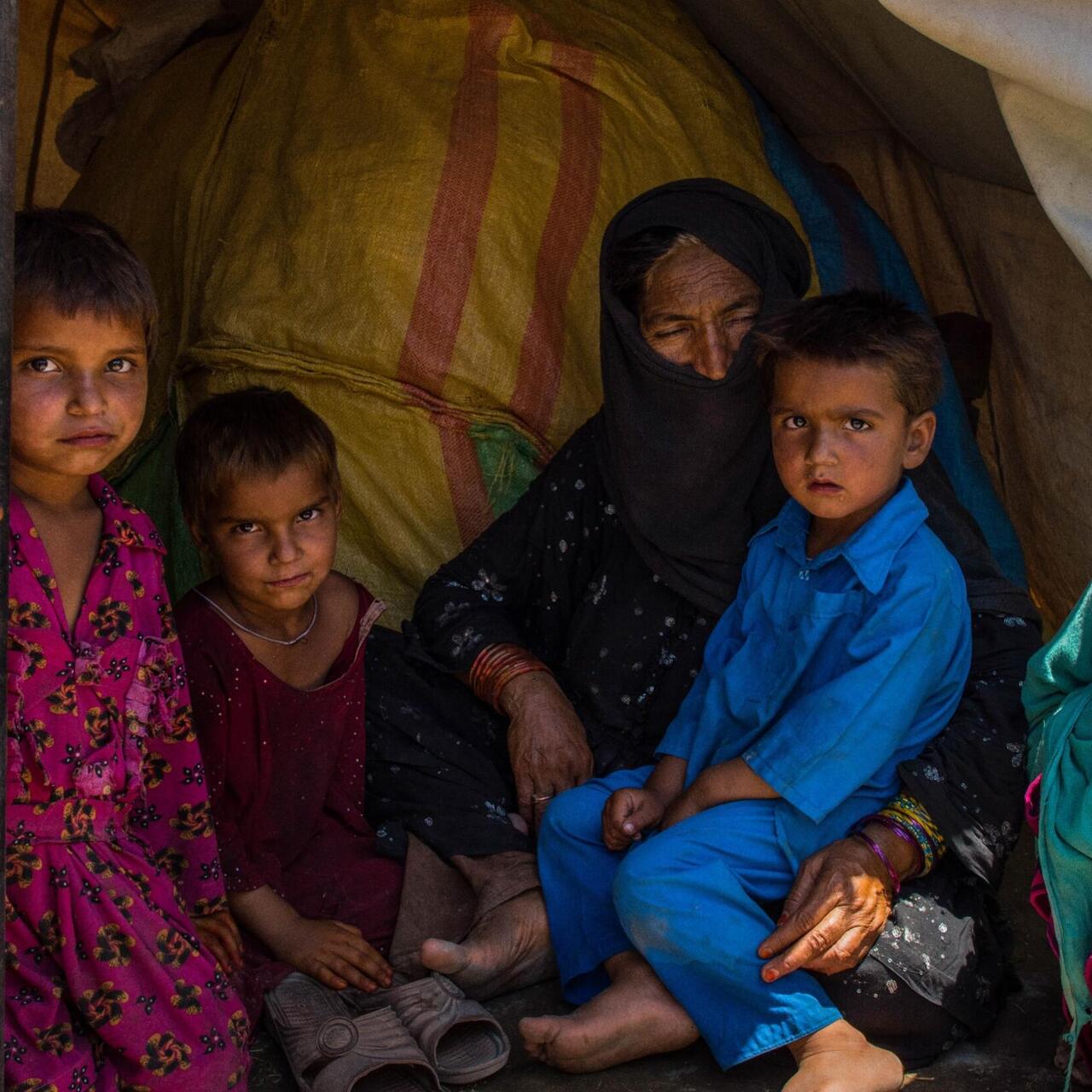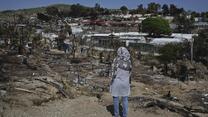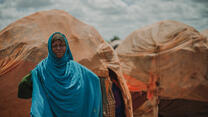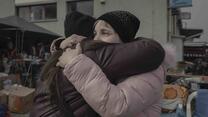
Forty years of war, chronic poverty, climate change-driven natural disasters, and now COVID-19 are a deadly combination for people in Afghanistan. Even before the latest escalation in violence, half the population required humanitarian assistance.
If the crisis in Afghanistan is left unaddressed, 2021 is on track to be the deadliest year for Afghan civilians in over a decade. Civilian deaths and injuries reached record levels in the first half of the year, rising sharply since May. Women and children are increasingly bearing the brunt of the violence, today accounting for around half of all civilian casualties.

Since the start of this year more than 550,000 Afghans have been internally displaced as conflict and insecurity escalated, the humanitarian situation deteriorated and civilian casualties soared. Around half of these have been displaced since May, and 80% are women and girls.
Many fled to Kabul in hopes of safety and are living in makeshift camps on the outskirts of the capital. They are just some of the 18.4 million Afghans who require urgent support in a country where four decades of violent conflict have resulted in a state of chronic humanitarian need.

The EU has a deep responsibility to the Afghan people - not least those who have worked tirelessly alongside European and US teams in the hope of building a brighter future for their country. Here’s a look at what Afghans need right now and what the EU can do to help.
Increase humanitarian support
- The EU must sustain and increase its humanitarian support to Afghanistan at this crucial time. So far this year, the EU has increased its aid commitment to the UN’s Humanitarian Response Plan in Afghanistan by 18%. However, the reality is that this plan remains just 37% funded, despite humanitarian needs in the country doubling last year alone.
- The EU and all donors must also provide flexible funding so that frontline organisations, like the IRC and others, can respond effectively to the rapidly changing humanitarian situation.
Ramp up diplomatic pressure
- The EU and its member states must put their full diplomatic weight behind preventing a further escalation of violence inside Afghanistan, ensuring that the people of Afghanistan can access the aid and services they desperately need, and addressing any violations of international humanitarian law (IHL).Their continued diplomatic presence alongside humanitarian aid in the country will be key to support the Afghan people, particularly women and girls.
- The EU has an important role to play in ensuring that neighbouring states, such as Pakistan and Iran, allow refugees and asylum seekers from Afghanistan to enter and seek protection. This should go hand in hand with a renewed commitment from the EU to support these countries in providing humanitarian aid and access to services to Afghans seeking safety within their borders.
Protect and uphold the rights of people forced to leave their homes
- As 20,000 to 30,000 people flee across the border to neighbouring countries each month, all states have a legal and moral responsibility to allow those fleeing Afghanistan to seek safety. Efforts to prevent people arriving or from gaining legal status will only increase risks faced by Afghan people, and particularly women and children.
- The EU must guarantee pathways to protection for Afghans, expand safe routes and uphold the right to seek asylum by:
- Ensuring access to protection in EU territory for those fleeing violence, persecution and life threatening situations in Afghanistan
- Creating a safe and coordinated system to ensure Afghans seeking protection find safety and their claims are quickly processed
- Expanding opportunities for swift evacuation and the provision of humanitarian visas for people who are at high risk of persecution
- Upholding responsibilities under the EU’s family reunification directive and reducing bureaucratic barriers to allow people in Afghanistan to reunite with family in Europe, including those with pending or temporary status
- Stopping all forced returns of Afghan nationals to Afghanistan or the region, including asylum seekers who have had their claims rejected, by respecting the principle of non-refoulement* at all times
- Fulfilling the obligation to re-evaluate asylum claims of Afghans who received negative decisions
- Scaling up targeted support to neighbouring countries to mount a regional refugee response
*principle of non-refoulement = the prohibition on returning people to dangerous situations, including to countries where they may also be at risk of refoulement/return
Scale up resettlement
- The EU and other wealthy countries and blocs should respond with a sweeping resettlement programme for the most vulnerable refugees now in states neighbouring Afghanistan. In 2020, there were already 2.6 million Afghan refugees, over 85% of whom were hosted in Pakistan and Iran.
- In response to the current escalation of the humanitarian crisis, it is vital that the EU and its member states immediately implement additional schemes to resettle vulnerable Afghan refugees from the region, so that neighbouring countries, like Pakistan and Iran, are not forced to shoulder protection responsibilities alone.
- The EU must also demonstrate its ongoing commitment to refugee protection by separately committing to resettle at least 36,000 refugees - including Afghans - in 2022 by mid-September.
As the situation in #Afghanistan remains critical, we call on the EU to:
— International Rescue Committee - EU (@RESCUE_EU) August 19, 2021
1️⃣ Increase humanitarian support
2️⃣ Ramp up diplomatic pressure
3️⃣ Protect people on the move and uphold rights
4️⃣ Scale up resettlement
Read our article: https://t.co/1Kgsh8cIZjpic.twitter.com/9nphKRuv6r



